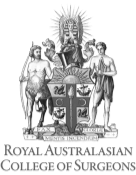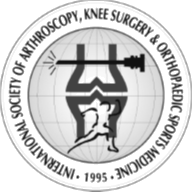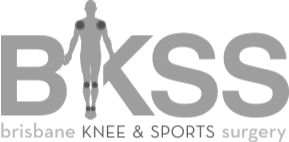Knee Arthroscopy
What is a knee arthroscopy?
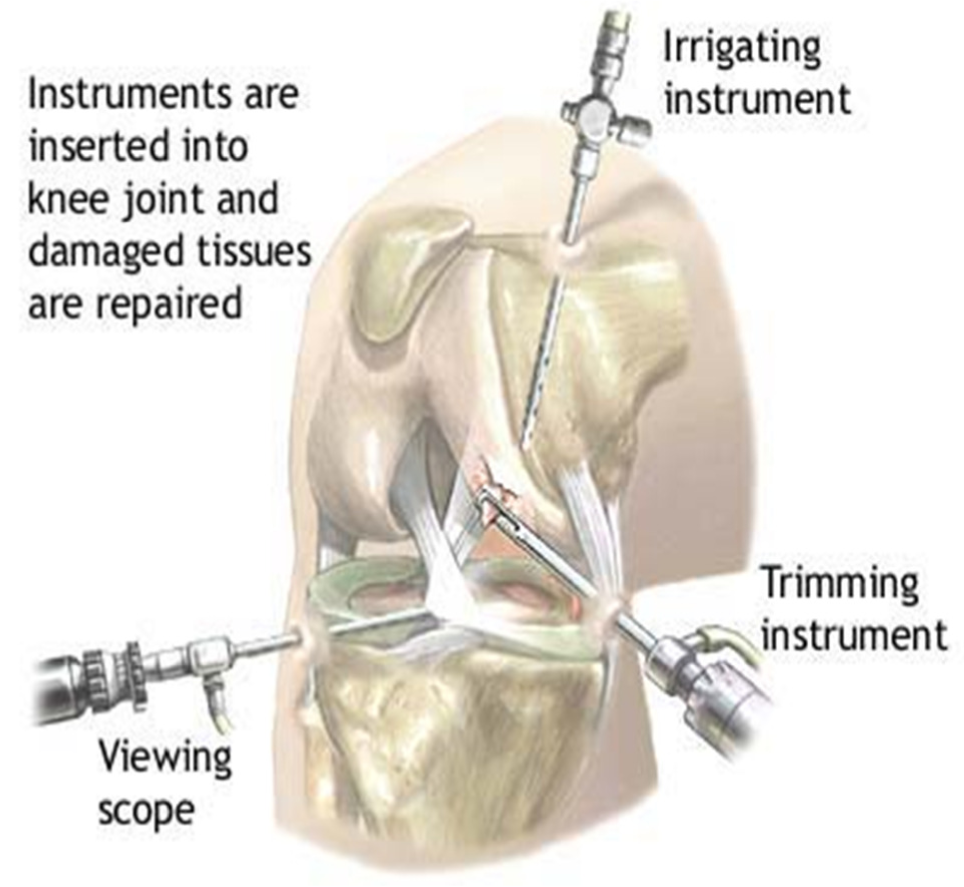
A knee arthroscopy is a common surgical procedure in which a joint is viewed using a small camera. An arthroscopy gives doctors a clear view of the inside of the knee and this can help them diagnose and treat knee problems. The term arthroscopy comes from two Greek words – arthro (joint) and skopein (to examine).
During the procedure, your orthopaedic surgeon makes some small incisions into the skin and inserts the arthroscope (a small camera instrument about the size of a pencil) into your knee joint. The arthroscope sends the image to a television monitor. On the monitor, your surgeon can see the structures of the knee in great detail, and can assess the amount or type of injury. Any problems can be repaired or corrected if necessary.
Along with the scope, fine instruments can be inserted through the incisions. These instruments can be used to trim any damaged ligaments or remove any loose bodies. This type of surgery has been shown to be far less traumatic to the muscles, ligaments and tissues of the knee.
The arthroscopy can also be used as a diagnostic tool before moving to an open procedure.
Technical advances have led to high definition monitors and high resolution cameras. These and other improvements have made arthroscopy a very effective tool for treating knee problems. It is reported that more than 4 million knee arthroscopies are performed worldwide each year.
What do I need to do before surgery?
If you decide to have knee arthroscopy, you may need a medical assessment to determine if you have any problems which may interfere with your surgery. Before surgery, tell your orthopaedic surgeon about any medications or supplements that you take, and you will be informed as to which medicines you must stop taking before surgery.
To help plan your procedure, your orthopaedic surgeon may order pre-operative tests such as an x-ray or magnetic resonance imaging (MRI).
Prior to your surgery, you will be given a theatre information pack which contains information on the entire surgical experience from pre surgery through to when you are back at home. It is important that you read all the information carefully and ask questions if there is anything you don’t understand.
What happens at the hospital?
Almost all arthroscopic knee surgery is done as a day surgery procedure. You will likely be asked to arrive at the hospital an hour or two before your surgery. Do not eat or drink anything after midnight the night before your surgery.
The anaesthetist will meet with you and discuss the anaesthetic options available for you. An arthroscopy can be performed under a regional block or general anaesthesia:
- A regional block numbs your leg
- General anesthesia puts you to sleep
What happens during surgery?
The orthopaedic surgeon will make a few small incisions in your knee. A sterile solution will be used to fill the knee joint and rinse away any cloudy fluid. This helps your orthopaedic surgeon see your knee clearly and in great detail.
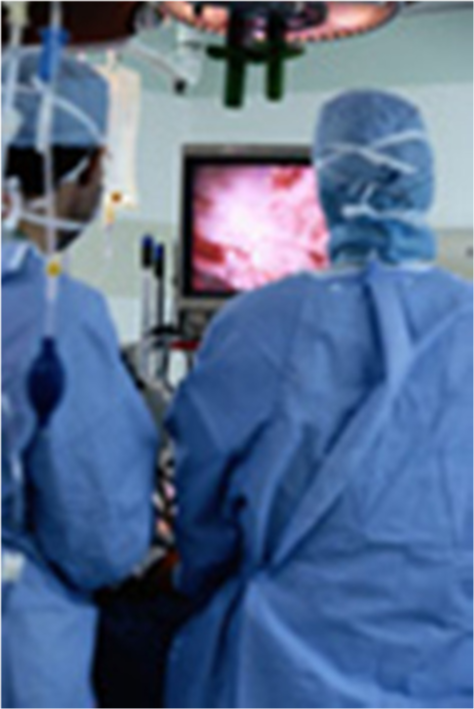
Your surgeon’s first task is to properly diagnose your problem. He will insert the arthroscope and use the image projected on the screen to guide it. If surgical treatment is needed, your surgeon will insert tiny instruments through another small incision. These instruments might be scissors, motorized shavers, or lasers.
This part of the procedure usually lasts 30 minutes to over an hour. How long it actually takes depends upon the findings and the treatment necessary.
Arthroscopy for the knee is most commonly used for:
- Removal or repair of torn meniscal cartilage
- Reconstruction of a torn anterior cruciate ligament
- Trimming of torn pieces of articular cartilage
- Removal of loose fragments of bone or cartilage
- Removal of inflamed synovial tissue
Your surgeon may close your incisions with a stitch or steri-strips (small bandaids) and cover them with a soft bandage.
What happens after the surgery?
You will be moved to the recovery room and should be able to go home within 2 to 4 hours once your pain has settled. Be sure to have someone with you to drive you home.
Recovery from knee arthroscopy is much faster than recovery from traditional open knee surgery. Still, it is important to follow your orthopaedic surgeon’s instructions carefully after you return home.
At Home
Keep your leg elevated as much as possible for the first few days after surgery. Apply ice as recommended by your doctor to relieve swelling and pain. Keep your incisions clean and dry, and leave the dressings on for at least 10 days after the surgery. Your surgeon will see you in the clinic two weeks after surgery to check your progress, review the surgical findings, and begin your postoperative treatment program.
Driving
Your doctor will discuss with you when you may drive. This decision is based on a number of factors, including:
- The knee involved
- Whether you drive an automatic or manual vehicle
- The nature of the procedure
- Your level of pain
- Whether you are using narcotic pain medications
- How well you can control your knee.
On average, you should be able to return to driving five days after surgery.
Medications
You will be prescribed pain medication to help relieve discomfort following your surgery. You will be required to take a daily dose of Aspirin to lessen the risk of blood clots. If you are not able to take Aspirin, another alternative will be recommended.
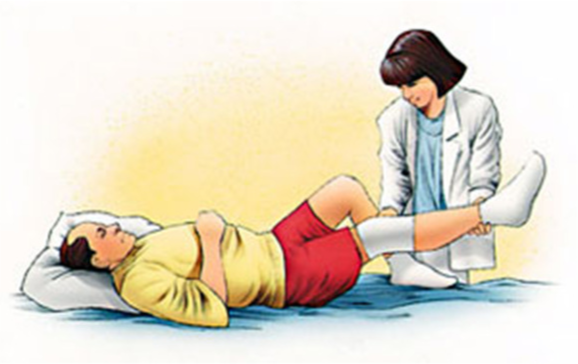
Exercises
You should exercise your knee regularly for several weeks after surgery. This will restore motion and strengthen the muscles of your leg and knee. Exercise will play an important role in how well you recover. A formal physiotherapy program may improve your final result.
Complications
As with any surgery, there are risks associated with a knee arthroscopy. These occur infrequently and are minor and treatable. Some potential postoperative problems with knee arthroscopy include:
- Infection
- Blood clots
- Accumulation of blood in the knee
Contact your orthopaedic surgeon, or visit your GP, immediately if you experience any of the following:
- Fever
- Chills
- Persistent warmth or redness around the knee
- Persistent or increased pain
- Significant swelling in your knee
- Increasing pain in your calf muscle
What sort of outcome should I expect?
Unless you have had a ligament reconstruction, you should be able to return to most physical activities after 6 to 8 weeks, or sometimes much sooner. Higher impact activities may need to be avoided for a longer time. You will need to talk with your surgeon before returning to intense physical activities.
If your job involves heavy work, it may require a longer rehabilitation period before you can return to your job. Discuss when you can safely return to work with your surgeon.
The final outcome of your surgery will likely be determined by the degree of damage to your knee. For example, if the articular cartilage in your knee has worn away completely, then full recovery may not be possible. You may need to change your lifestyle. This could mean limiting your activities and finding a low-impact exercise alternative.
The patient information sheets are intended to provide general information only and are not a substitute for medical advice about your particular condition.




